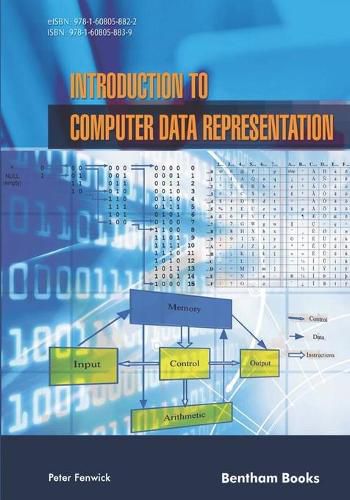Readings Newsletter
Become a Readings Member to make your shopping experience even easier.
Sign in or sign up for free!
You’re not far away from qualifying for FREE standard shipping within Australia
You’ve qualified for FREE standard shipping within Australia
The cart is loading…






Introduction to Computer Data Representation introduces readers to the representation of data within computers. Starting from basic principles of number representation in computers, the book covers the representation of both integer and floating point numbers, and characters or text. It comprehensively explains the main techniques of computer arithmetic and logical manipulation. The book also features chapters covering the less usual topics of basic checksums and 'universal' or variable length representations for integers, with additional coverage of Gray Codes, BCD codes and logarithmic representations. The description of character coding includes information on both MIME and Unicode formats. Introduction to Computer Data Representation also includes historical aspects of data representation, explaining some of the steps that developers took (and the mistakes they made) that led to the present, well-defined and accepted standards of data representation techniques. The book serves as a primer for advanced computer science graduates and a handy reference for anyone wanting to learn about numbers and data representation in computers.
$9.00 standard shipping within Australia
FREE standard shipping within Australia for orders over $100.00
Express & International shipping calculated at checkout
Introduction to Computer Data Representation introduces readers to the representation of data within computers. Starting from basic principles of number representation in computers, the book covers the representation of both integer and floating point numbers, and characters or text. It comprehensively explains the main techniques of computer arithmetic and logical manipulation. The book also features chapters covering the less usual topics of basic checksums and 'universal' or variable length representations for integers, with additional coverage of Gray Codes, BCD codes and logarithmic representations. The description of character coding includes information on both MIME and Unicode formats. Introduction to Computer Data Representation also includes historical aspects of data representation, explaining some of the steps that developers took (and the mistakes they made) that led to the present, well-defined and accepted standards of data representation techniques. The book serves as a primer for advanced computer science graduates and a handy reference for anyone wanting to learn about numbers and data representation in computers.